12+ Office Perks That Melbourne Employees Want Right Now
Think free snacks and ping-pong are enough to win hearts in 2025? Think again.
Today’s employees expect more than novelty – they want perks that enhance their lifestyle, support their wellbeing, and reflect a deeper level of care.
So, what perks are worth the investment? Here’s a list of 12 office perks that actually make a difference, especially when backed by thoughtful office fitout design.
1. Wellness & Quiet Rooms
Gone are the days of noisy break rooms being your only decompression option. Wellness rooms—designed for meditation, nursing, or quiet reflection—give employees a private space to recharge and regulate stress.
Some workers recharge through social breaks, whereas others need solo time before jumping back into work. Designated quiet spaces ensure the needs of both types of employees are met in the workplace.
Recommended Reading: Modern Office Fitouts: The Ultimate Guide
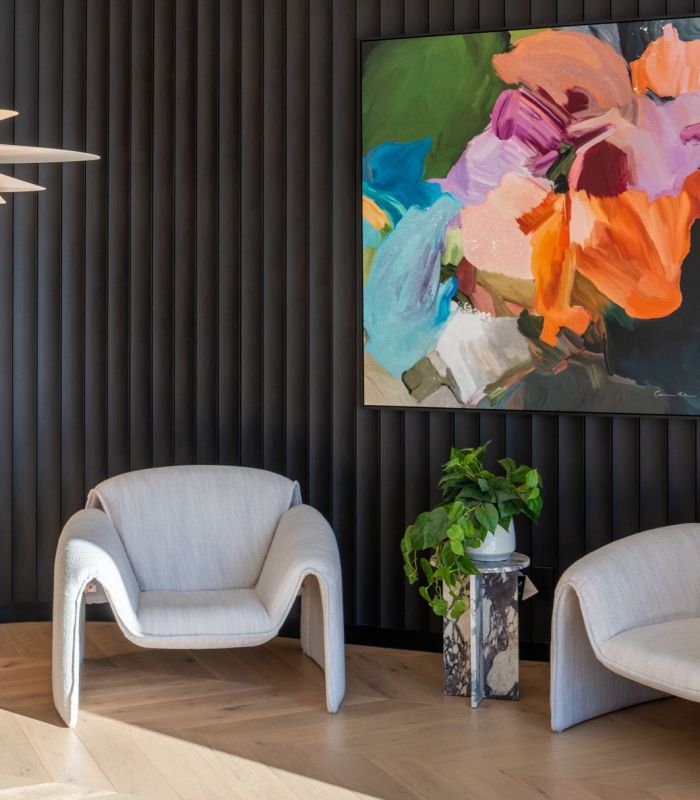
2. Ergonomic Workstations
Poor posture, sore backs, eye strain—these are the daily realities for many office workers. Our bodies weren’t designed to sit all day, leading many workers to develop permanent back issues well before they reach old age. Which is why ergonomic design is non-negotiable for top performing teams.
Ergonomic workstations go beyond simply providing a good chair. They include adjustable sit-stand desks, monitor arms, footrests, wrist supports, and thoughtful layout planning that minimises repetitive strain and maximises comfort. The goal? To ensure every team member has a setup that works for their body and their workflow.
Recommended Reading: 14 Office Amenities That Attract and Retain Top Talent
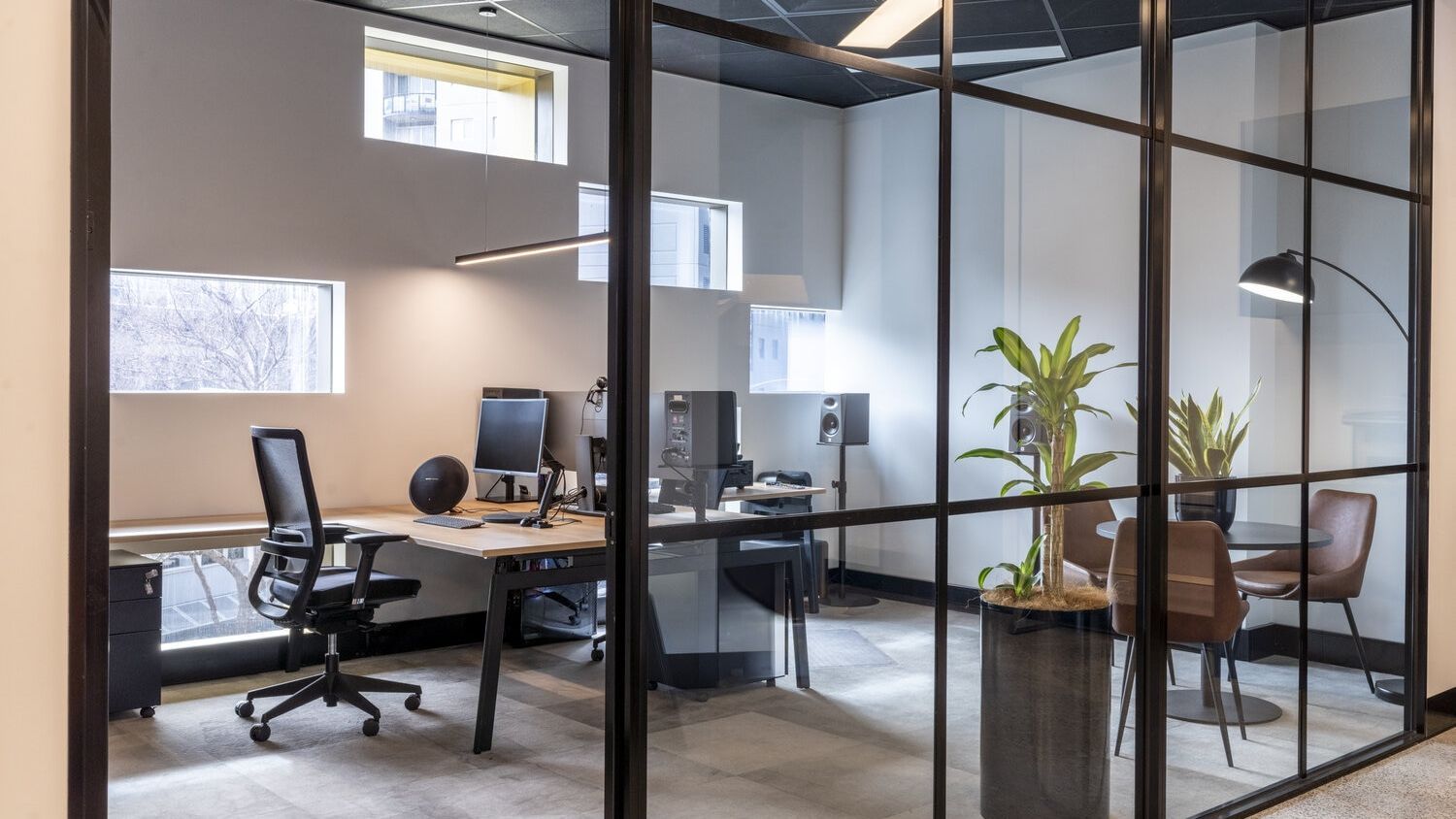
3. Remote Work & Home Office Allowances
More than a third of Australians work from home on a regular basis. Hybrid work is sticking around for a while, and with it, an increasing expectation of financial support for home office setups. Whether it’s a once-off stipend or a work-from-home ergonomic pack, helping your team create a productive home office is a high-ROI perk for hybrid work businesses.
4. Flexible Work Hours
Whether it’s a four-day workweek (desired by 65% of Aussie workers) or variable start/end times, flexibility is no longer optional; it’s expected.
Some employees thrive in late-night work sessions, free from distractions or familial obligations. Others prefer to roll out the bed and get right to work. Focus peaks at different times for different people. Giving your employees the freedom to work when they want – with some general availability during office hours – keeps burnout at bay and improves overall work-life balance.
5. Commuter Perks
What if you work in an industry that doesn’t readily support hybrid work? Support your team's daily commute with public transport cards, parking allowances or ride-sharing credits. This low-cost incentive helps workers manage the cost of living, and may be the difference maker for a new hire. Incentives like these are also valuable for shift-work teams, or businesses that operate outside of regular 9-5 hours.
6. Mental Health Support
61% of Australian workers reported experiencing burnout. The global average is 48%.
It’s safe to say that most people you work with (yourself included) have experienced burnout. Someone on your team is probably going through an episode right now.
We don’t say this to alarm, but get you to think about ways to reduce stress in the workplace. Think beyond EAPs: offer paid mental health days, therapy subsidies, and in-office mindfulness workshops.
The goal is not to eliminate stress entirely but to show that your company takes mental health seriously, not just symbolically. In this burnout era, top talent is looking for this type of support from their employer. They are your hardest, most loyal employees and will overachieve in roles that they feel supported in.
7. Onsite Gyms or Fitness Zones
Encourage midday movement with accessible gym areas, yoga spaces or even standing meeting rooms. If your office is too small for this upgrade, partner with a local gym and offer reduced membership for your staff or an in-office personal training day weekly.
8. Healthy Kitchens & Snack Zones
If you’re going to offer snacks, go for the good stuff. Artisan coffee, fresh fruit, and protein bars beat chips, soda, and sweets, which will lead to afternoon crashouts. Having a stocked pantry also encourages micro-breaks throughout the day.
Recommended Reading: Office Kitchen Design Tips
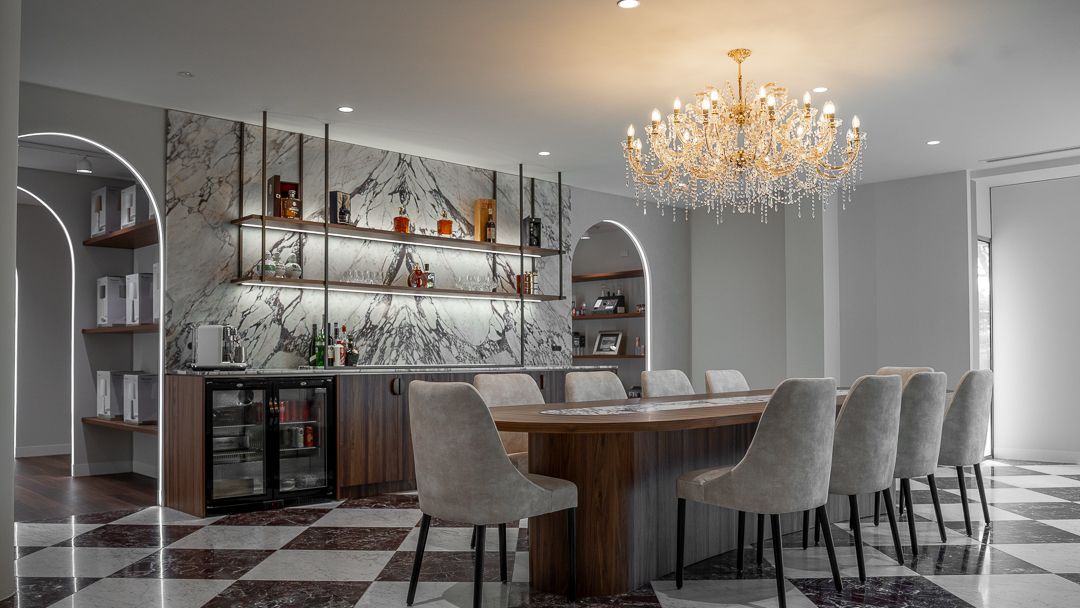
9. Pet-Friendly Spaces
Want to boost morale and reduce stress without spending big? Let the dogs in. Literally.
Pet-friendly offices are gaining traction, especially in creative industries and wellness-focused companies. Whether you dedicate a dog-friendly day each week or create a fully zoned pet-welcome area, allowing pets at work fosters connection, reduces cortisol, and encourages casual interactions between department
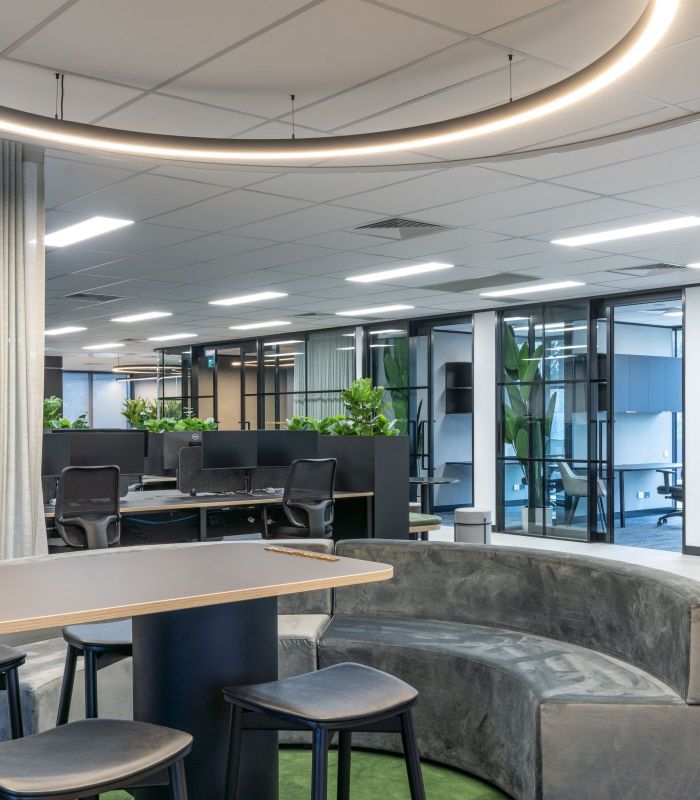
10. Family-Friendly Facilities
Supporting parents isn’t just the right thing to do; it’s smart business. With many Australian households juggling dual working parents, offering meaningful support can have a huge impact on retention and loyalty.
Start with the basics: dedicated parenting rooms for nursing or quiet time, flexible schedules for school pickups, and generous parental leave policies. If your office has the scale, consider offering on-site childcare or partnering with nearby centres for priority access. Even something as simple as backup school holiday care or early-finish Fridays during school terms can set your business apart.
Don’t forget design here either: set aside empty boardrooms for makeshift kids zones, and turn office pods into temporary quiet corners for parents and their children.
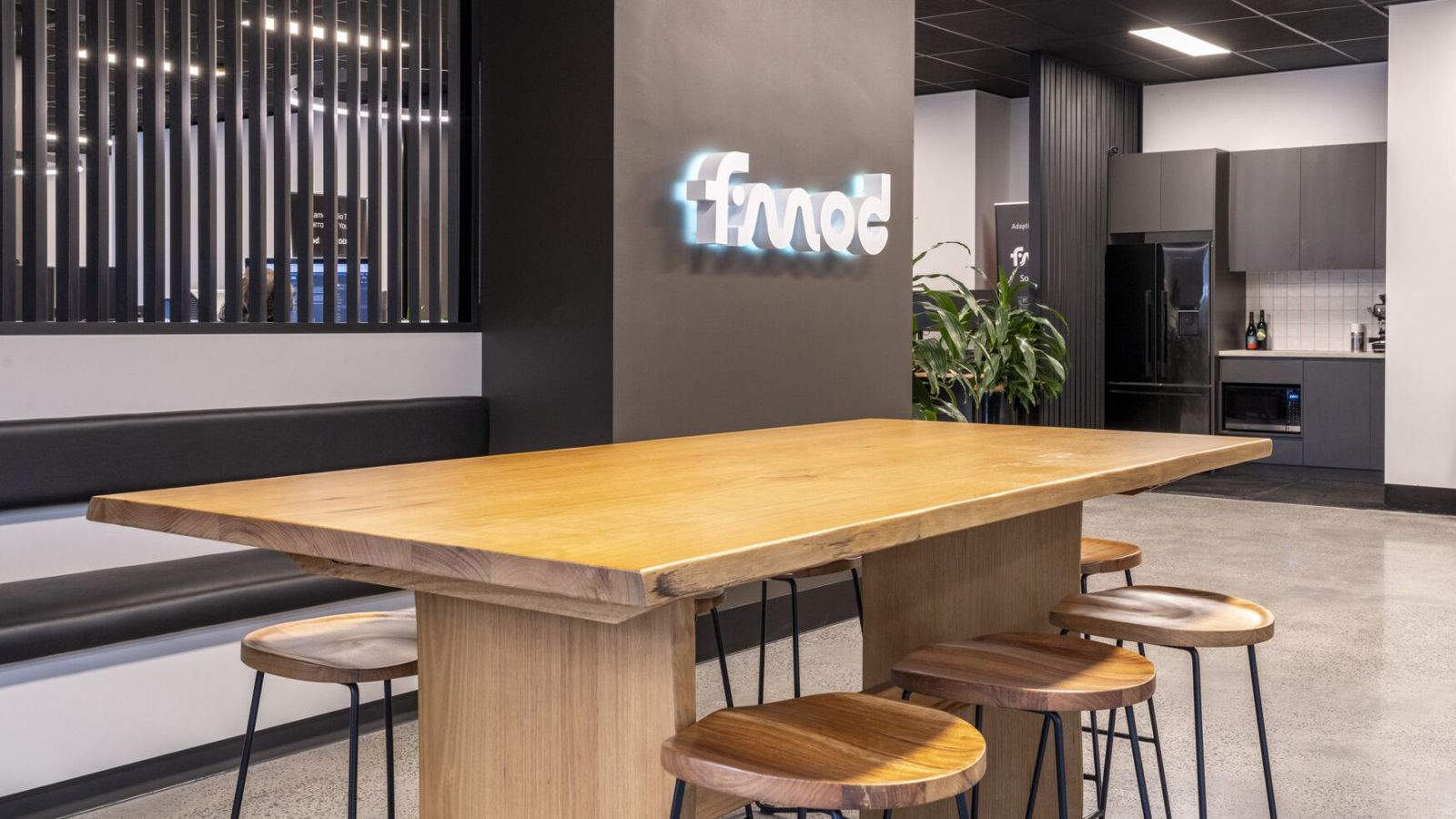
11. Personal Development Stipends
No matter the industry, today’s job market is evolving at light speed. If your team is caught in the busyness of today and not upskilling for the future, you’re already behind. Employees, especially Millennials and Gen Z, expect their workplace to be a launchpad for skill-building and long-term career growth. Personal development isn’t just nice to have. It’s essential for your business to remain competitive.
Offering personal or professional development stipends shows your commitment to helping your team grow. Whether it’s funding for industry conferences, online courses, technical certifications, or even leadership coaching, these investments pay off in spades.
It’s not just about formal learning either. You can get creative—public speaking workshops, or access to platforms like MasterClass and LinkedIn Learning. The key is giving people the autonomy to choose what matters most to their growth journey.
12. Sabbatical Leave
Burnout isn’t just a buzzword—it’s an epidemic in Australia. Rising workloads, blurred boundaries, and post-pandemic fatigue are all taking their toll on teams and management alike. And while mental health days and flexible schedules help, sometimes what people need is a complete reset.
That’s where sabbatical leave comes in.
Offering extended, planned time away from work—whether it’s one month after five years, or a few weeks every three—allows employees to fully unplug, recharge, and return with fresh energy and perspective. Sabbaticals are increasingly popular among high-growth companies looking to prevent mid-career stagnation, reward long tenure, and support personal goals like travel, volunteering, or further study.
It’s a bold perk, but it sends a clear message: we care about your wellbeing beyond your KPIs.
Are Office Perks Really Worth It?
Absolutely. A well-designed perks strategy can reduce employee absenteeism dramatically. When this medical centre invested in employee health and wellbeing programs, lost work days declined by 80%, saving the business over $1.5 million.
And that’s not all. Perks also help:
- Attract top candidates in a competitive hiring market
- Improve team morale and job satisfaction
- Reinforce your employer brand and workplace culture
- Reduce sick leave, presenteeism and disengagement
Design + Perks = Real Impact
Here’s the secret: perks only work when your physical space supports them. That’s where office fitouts come in.
- Wellness rooms need acoustic insulation and soft lighting.
- Standing desks need power points, cable management and layout planning.
- Dog-friendly zones require easy-clean flooring and smart zoning.
- Outdoor terraces and gym areas need space planning and compliance.
Whether you're adding quiet pods, boosting natural light, or future-proofing for hybrid work, it pays to work with a team that understands both design and the office employee experience.
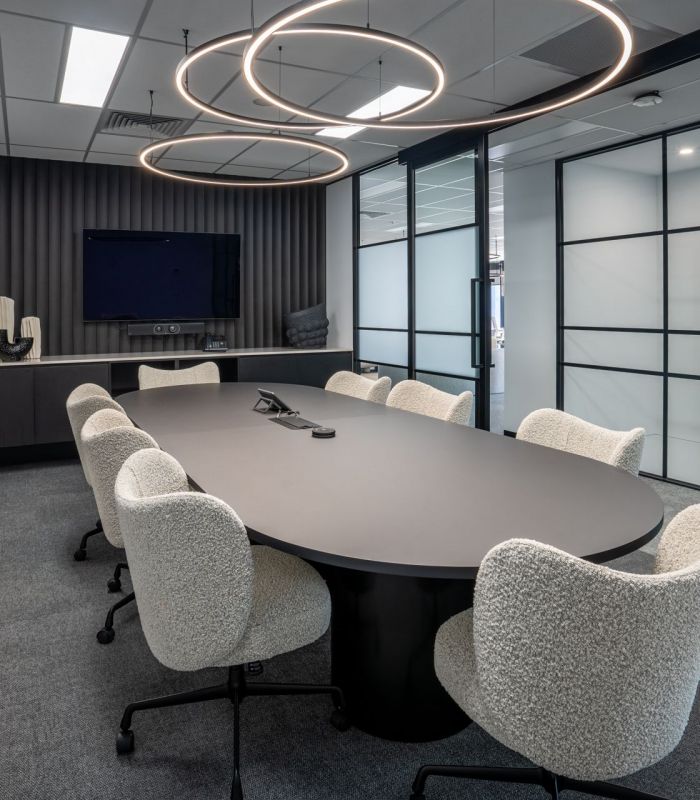
Final Thoughts: It’s Time to Rethink Perks
Employees don’t just want “stuff”—they want support. They want choice. They want to know their employer actually listens.
Start with your team: run a quick survey, then pilot one or two high-impact perks. From there, build your strategy with a mix of quick wins (like snacks and flexibility) and long-term investments (like wellness spaces and development stipends).
And when you’re ready to design a workspace that brings the best out of your team, we’re here to help.
At Canopy Fitouts, we help businesses create workspaces that inspire. Whether that’s through office design, strategic fitouts or space renovations, we can help you create an office that your team will feel excited about.
Speak to our team today, and we’d be more than happy to give you advice on cost, budgets, requirements, and timeframes for your office or commercial fitout. Give us a call at 1800 434 868 or email info@canopyfitouts.com.au.

